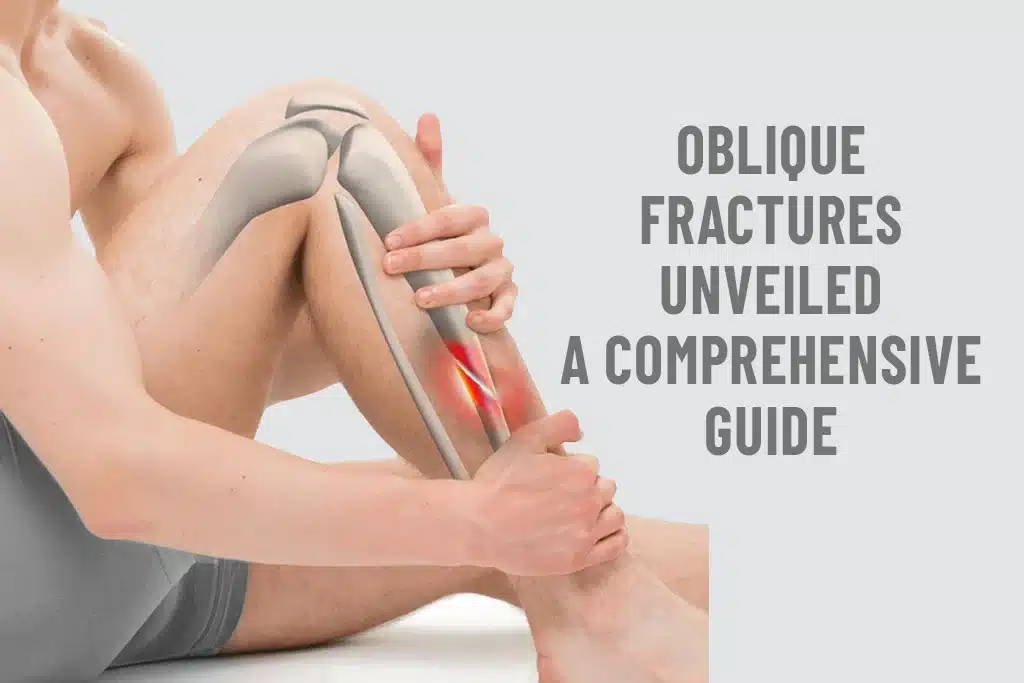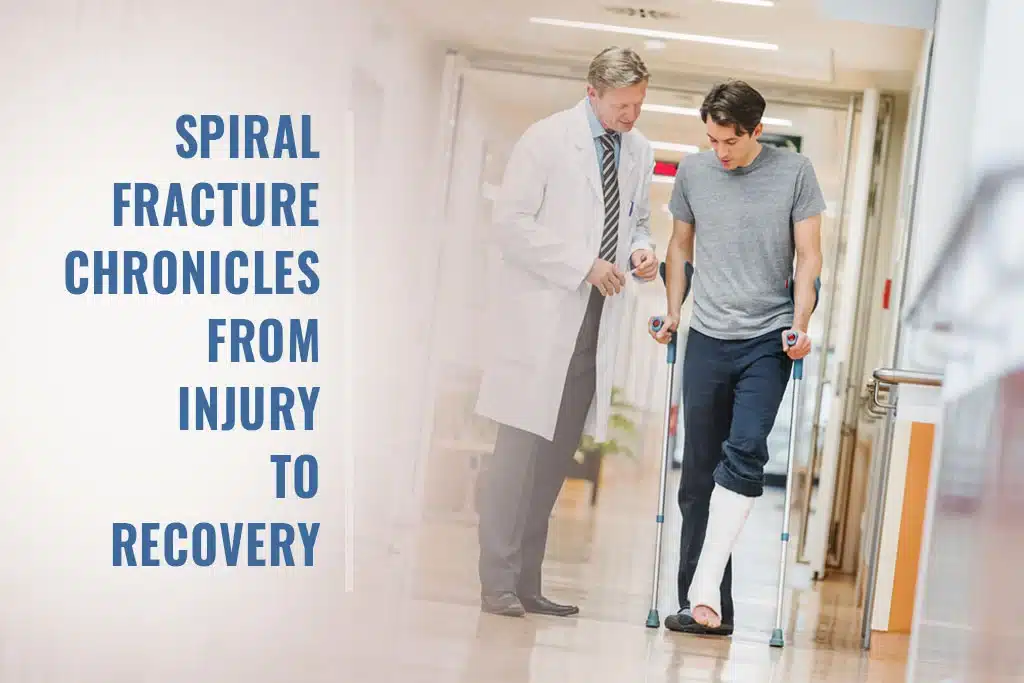Soccer is a popular sport enjoyed by millions of players worldwide. While it offers numerous physical and mental benefits, it also carries the risk of injuries, including concussions. Recognizing the symptoms of a concussion is vital for the well-being of soccer players. In this article, we will explore what concussions are, their common causes in soccer, how to identify their symptoms, the necessary steps to take, and how to prevent future occurrences.
Understanding Concussions
A concussion is a type of traumatic brain injury (TBI) caused by a blow or jolt to the head, face, or neck. It disrupts normal brain function and can have short-term and long-term effects on an individual’s health. Concussions can occur during soccer games due to collisions with other players, head-to-ball impacts, falls, or contact with goalposts.
Common Causes of Concussions in Soccer
In soccer, several factors contribute to concussions, including:
Signs and Symptoms of a Concussion
It’s crucial to be aware of the signs and symptoms of a concussion. While they can vary from person to person, common indicators include:
Physical Symptoms
-
- Headache or pressure in the head
Cognitive Symptoms
-
- Difficulty concentrating or remembering
Emotional and Behavioral Symptoms
-
- Irritability or mood swings
Immediate Steps to Take
If you suspect a player has sustained a concussion, it’s essential to take immediate action:
Seeking Medical Attention
All concussions should be evaluated by a medical professional with experience in concussion management. It’s crucial to seek medical attention to ensure an accurate diagnosis and appropriate treatment. The healthcare provider may conduct a comprehensive assessment, which may include physical examination, cognitive testing, and imaging scans if necessary.
Recovery and Return to Play
Recovery from a concussion varies for each individual. The player should follow the healthcare provider’s instructions regarding rest, gradually increasing activity levels, and when it’s safe to return to play. Returning to soccer too soon can pose serious risks and prolong the recovery process. Players should only resume playing after receiving clearance from a healthcare professional.
Preventing Concussions
Prevention is key to reducing the occurrence of concussions in soccer. Here are some measures to consider:
Conclusion
Recognizing the symptoms of a concussion in soccer players is crucial for their safety and well-being. By understanding what concussions are, their causes, and the signs and symptoms to look out for, we can take immediate action and provide appropriate care. Remember, when it comes to concussions, it’s better to err on the side of caution and seek medical attention promptly.
Frequently Asked Questions
Can a player sustain a concussion without losing consciousness?
Absolutely. Loss of consciousness is not a requirement for a concussion. Many concussions occur without the person losing consciousness at all.
How long does it take to recover from a concussion?
Recovery time varies from person to person and depends on the severity of the concussion. It can take days to weeks or even months for a full recovery.
Can players wear headgear to prevent concussions?
While headgear designed for soccer can provide some additional protection, it is not foolproof in preventing concussions. It’s important to combine headgear with proper technique, fair play, and other preventive measures.
Should players resume play immediately after symptoms disappear?
No. Players should not return to play until they have received clearance from a healthcare professional experienced in concussion management, even if their symptoms have subsided.
Are all head injuries considered concussions?
No, not all head injuries result in concussions. However, it’s essential to monitor any head injury closely and seek medical attention if there are concerns about a possible concussion.
Can a player have a concussion without experiencing immediate symptoms?
Yes, it is possible for a player to have a concussion without experiencing immediate symptoms. Some symptoms may take hours or even days to manifest. It is important to be vigilant and monitor players closely after a head impact.
Are concussions more common in certain age groups of soccer players?
Concussions can occur in soccer players of all age groups, but they may be more prevalent among older players due to factors such as increased speed, physicality, and heading frequency. However, players of all ages should be aware of the risks and symptoms.
What is the “return-to-play” protocol for soccer players with a concussion?
The “return-to-play” protocol involves a gradual progression of physical activity and monitored exertion. It typically includes rest, followed by light aerobic exercise, sport-specific training, non-contact drills, full-contact practice, and ultimately, return to competitive play. The protocol should be guided by a healthcare professional.
Can repeated concussions lead to long-term effects or permanent brain damage?
Yes, repeated concussions can have cumulative effects and increase the risk of long-term consequences, such as chronic traumatic encephalopathy (CTE) or other cognitive impairments. It is crucial to take concussions seriously and prioritize player safety.
Is it safe for a player to continue playing if they have had a previous concussion?
It is essential to follow proper medical guidance and clearance before a player resumes playing after a previous concussion. The decision should be made by a healthcare professional who can assess the player’s condition and ensure they have fully recovered before returning to the field.
Remember, recognizing and addressing concussions promptly is vital for the well-being of soccer players. If there is any suspicion of a concussion, it is recommended to seek medical attention and follow the appropriate protocols for diagnosis, treatment, and safe return to play.





